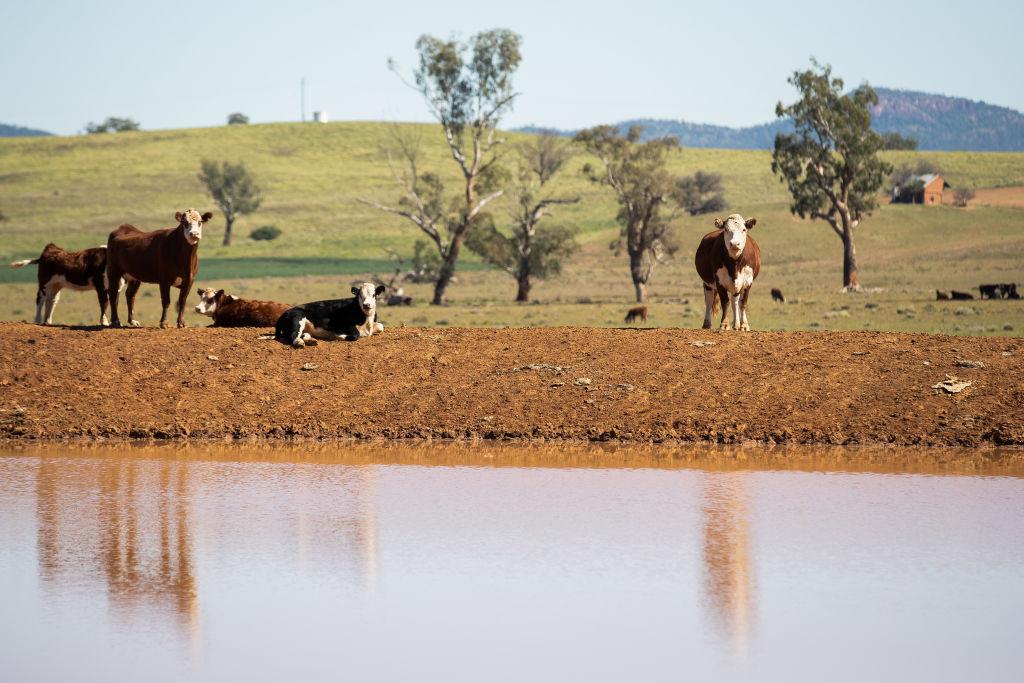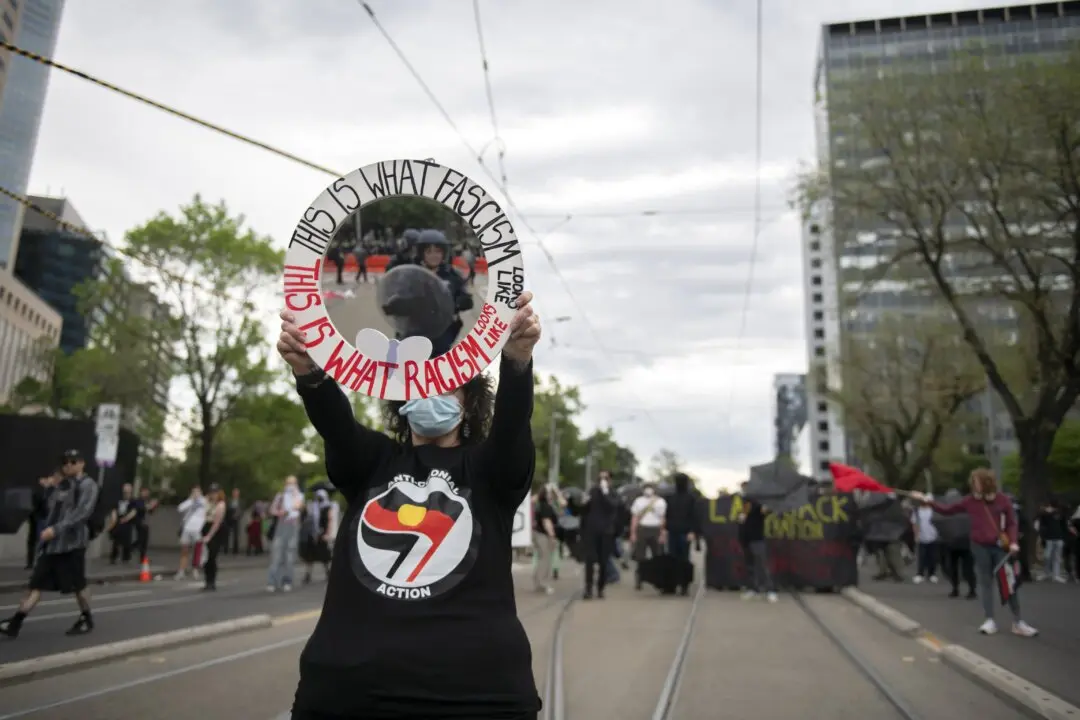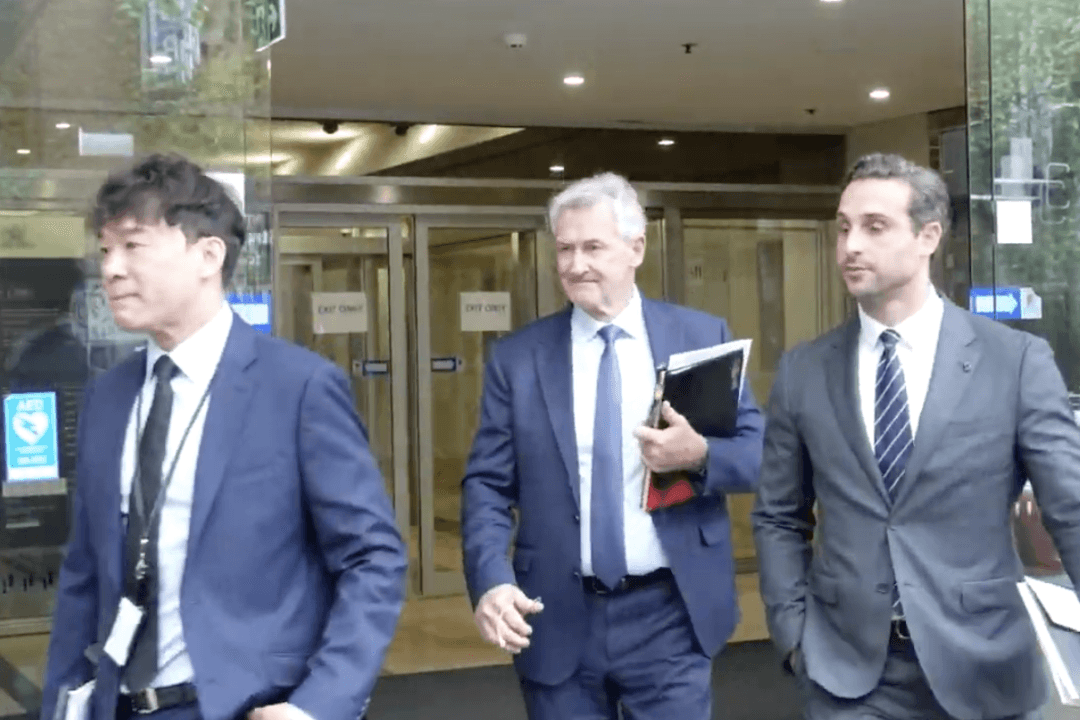The Australian government is urged to increase the resettlement rate of new migrants in regional areas to help fill a major shortage of workers.
Regional Australia Institute (RAI), an independent think-tank, has said that increasing overseas migration is crucial to the economic growth and sustainability of the outer fringes of cities and towns in Regional Australia.




